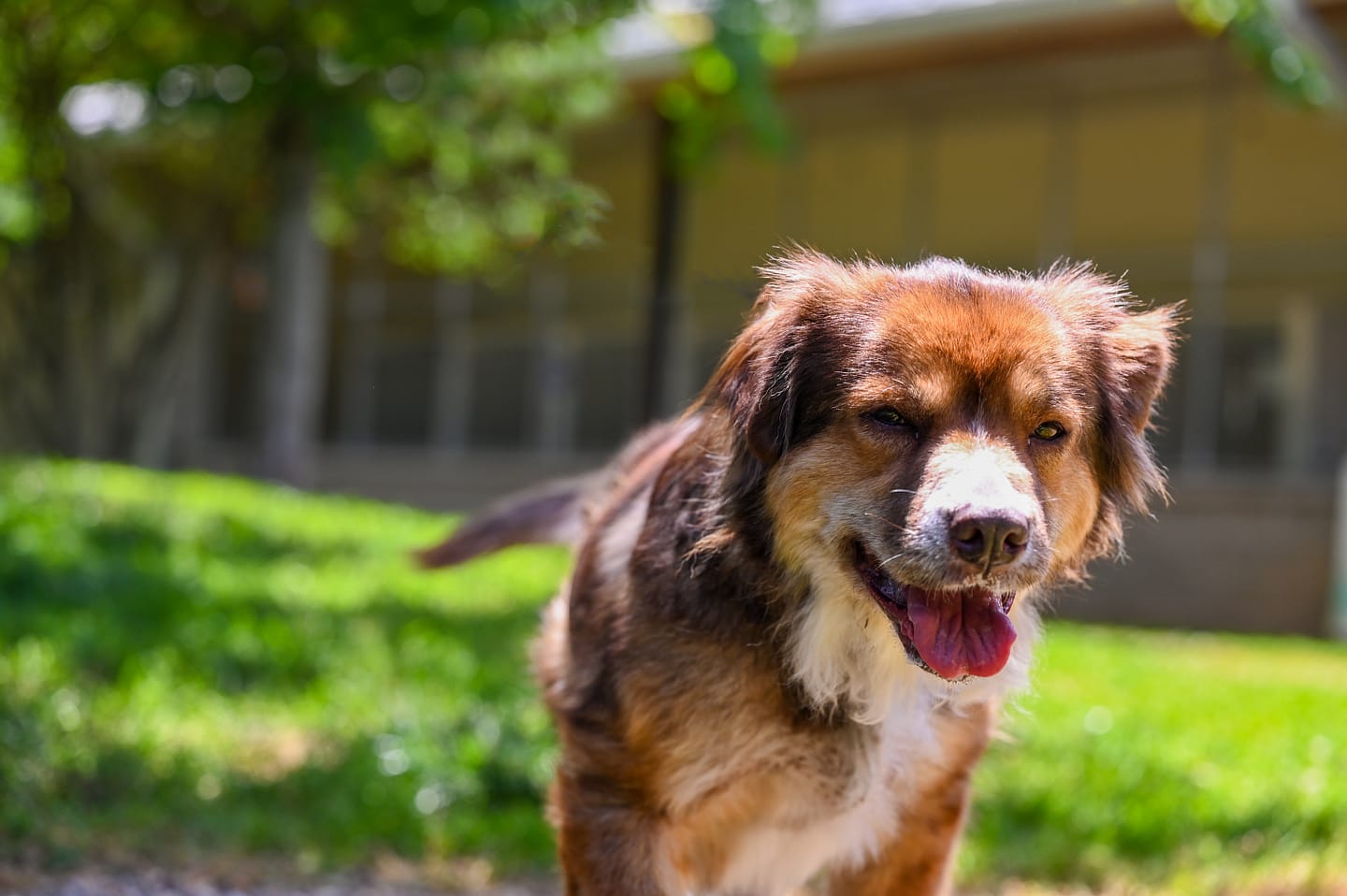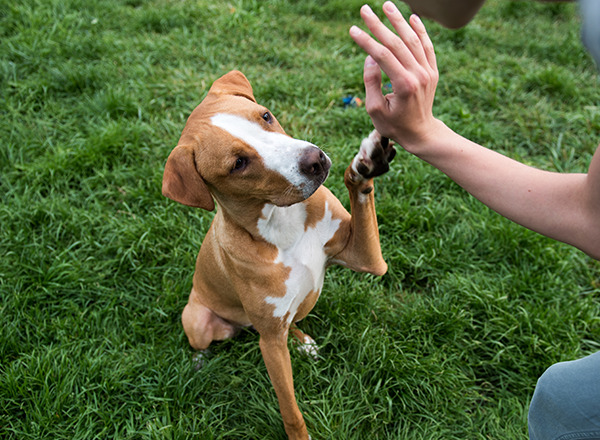Change Your Family Pet with These Specialist Dog Training Tips
Vital Tips for Effective Dog Training: An Overview for Family Pet Owners
Effective dog training is a diverse process that calls for a tactical technique customized to both the animal's character and the owner's purposes. Understanding exactly how to navigate these obstacles can considerably enhance the training experience, inevitably changing the connection between owner and dog.
Comprehending Dog Actions
Understanding pet actions is necessary for reliable training and cultivating a harmonious partnership in between pooches and their proprietors. Dogs connect primarily via body movement, vocalizations, and activities, making it critical for proprietors to interpret these signals properly. Acknowledging a pet dog's pose, tail position, and ear alignment can provide insights into its emotion. As an example, a wagging tail does not always suggest joy; it can also signal exhilaration or anxiety.

Socialization plays a substantial duty in pet dog actions; direct exposure to different environments, individuals, and other pets can substantially affect a pet dog's temperament. Variables such as type qualities and individual personality ought to lead training approaches, as some types might have particular behavioral traits that demand tailored approaches. By recognizing these aspects, owners can develop a helpful setting that urges positive actions, leading to effective training end results and a deeper bond with their family pets.
Developing Consistent Commands
Reliable communication with your dog starts with developing consistent commands. This fundamental element of training is vital for promoting understanding in between you and your family pet. Uniformity in the commands you use makes sure that your dog can reliably link details words or expressions with the preferred actions.
When picking commands, choose clear, distinctive words that are simple to claim and set apart from each other. Avoid using similar-sounding commands that might puzzle your pet dog. As an example, utilizing "sit" and "remain" is ideal, but "sit" and "struck" can cause misunderstandings.
In addition, maintain the same tone and quantity for each and every command. Pet dogs are delicate to vocal signs, so varying your tone can create confusion.
It is just as vital to guarantee that all household members get on the exact same web page regarding the commands used. A united front in command use will certainly avoid blended signals and reinforce the learning process.
Favorable Support Methods
The power of favorable support in canine training hinges on its capability to encourage desired habits with benefits and praise. This method is grounded in the principle that habits adhered to by desirable end results are more probable to be repeated. By incorporating favorable reinforcement right into your training routine, you can successfully shape your canine's behavior in a positive way.
To apply favorable reinforcement, it's vital to determine what inspires your pet dog, whether it be treats, toys, or verbal praise. When your canine executes a wanted activity, such as resting on command, promptly compensate them with a reward or love. This association between the command and the positive result reinforces their understanding.
It's essential to timing the incentives properly; providing the reinforcement within seconds of the preferred behavior aids your browse around here pet dog make the link (dog training). In addition, consistency is key-- make sure that all relative make use of the very same commands and benefit systems to stay clear of confusion

Slowly, you can decrease the frequency of treats as your canine learns the habits, transitioning to commend or periodic benefits. This approach not only fosters a strong bond in between you and navigate to this site your canine but additionally promotes a positive learning environment, making training a delightful experience for both.
Socialization and Communication
Constantly exposing your pet to a range of settings, individuals, and other animals is important for their social development. Socialization must start early, preferably throughout the crucial window of 3 to 14 weeks, when pups are most responsive to new experiences. Older pets can likewise benefit from continuous socialization initiatives.
Present your dog to various settings, such as parks, pet-friendly shops, and metropolitan locations. This exposure helps them adapt to different stimuli, lowering anxiousness and anxiety feedbacks. Motivate positive communications with other pets and individuals, guaranteeing that these encounters are regulated and safe to foster self-confidence.
Utilize structured playdates with well-mannered pets, as this can boost your pet dog's social abilities and show them appropriate behavior. Obedience courses and training sessions additionally give exceptional possibilities for socializing, permitting your pet dog to interact with others in a monitored environment.
Screen your canine's body movement during interactions, as this will certainly assist you determine their convenience degree. Slowly enhance direct exposure to more tough situations while making certain that each experience is positive. A well-socialized pet dog is more probable to display balanced habits, making them a joy to my site have in any type of setting.
Attending To Common Training Obstacles
Every pet dog proprietor will certainly run into training obstacles at some point, despite their canine's age or socialization degree. Determining usual problems such as stubbornness, interruptions, and terror can aid in establishing reliable approaches for renovation.

Distractions during training sessions can thwart focus. To combat this, begin training in a peaceful setting with marginal stimulations. Progressively introduce interruptions as the canine ends up being more skillful in commands. Short, regular training sessions are additionally effective in keeping attention.
Terror can prevent a pet's knowing procedure. Progressive desensitization to the source of fear, coupled with favorable reinforcement, can assist minimize anxiety. Persistence is critical; never ever compel a dog right into a circumstance that causes distress, as this might worsen the issue.
Ultimately, understanding and attending to these typical challenges with an organized method will certainly foster an extra efficient training experience, strengthening the bond in between canine and proprietor while advertising effective understanding.
Conclusion
In recap, successful pet training relies upon an extensive understanding of canine behavior, the facility of regular commands, and the application of positive support methods. Socializing plays a critical duty in creating well-adjusted family pets, while dealing with typical training difficulties requires persistence and adaptability. By executing these essential methods, pet proprietors can cultivate a strong bond with their canines and advertise desirable habits, inevitably resulting in an unified partnership in between humans and their canine buddies.
Recognizing canine habits is crucial for effective training and fostering a harmonious partnership in between canines and their owners.Socialization plays a substantial function in pet behavior; exposure to various atmospheres, individuals, and various other pets can significantly impact a pet dog's personality.The power of favorable support in pet dog training exists in its capacity to urge desired behaviors through rewards and appreciation. By incorporating positive reinforcement into your training regimen, you can effectively shape your pet dog's actions in a positive fashion.
In recap, effective pet dog training depends on a comprehensive understanding of canine actions, the establishment of constant commands, and the application of positive reinforcement methods.